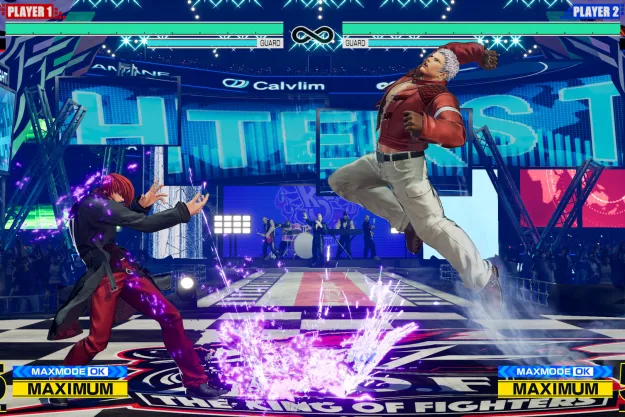Coming July 1 is a long-awaited revolution in the deployment of cable boxes. For the first time, subscribers will have a chance to replace rented converter-descramblers with purchased ones. However,some are questioning whether this will save consumers money—or actually inflate cable bills. Before we get to the juicy stuff, some background: Congress mandated as long ago as 1996 thatconsumers be able to buy our own cable boxes. That will require an “integration ban.” In other words, the security features have to be pried loose from the box itself. The mechanism forthis is the CableCARD. It’s in limited deployment, but cable companies hate it. No, I’m serious; they really, really, reallyhate it. They see it as a loss of control, like giving the keys of the kingdom to their worst enemy—namely, their subscribers. Perhaps I over dramatize. But only a little. There islittle love lost between these two parties. Cable ops soak consumers for every penny they can get. Subscribers, in turn, have bestowed on the cable (and satellite) companies the lowest consumer satisfaction rating of any sector of American industry. Between the cable industry’s incessant demand for waivers and the phlegmatic bureaucratic process of the Federal Communications Commission, the integration ban was postponedfor—incredibly—more than a decade. However, after years of anticipation and hand-wringing, the FCC has finally set July 1 as the date for the integration ban. After that, cable companiesare required to provide either CableCARD-compatible boxes or the cards themselves for CableCARD-ready sets. And they will be required to make them work, something they’ve often shirked up till now. To Rent or Not to Rent? If you want to hold onto your existing box, that’s cool. The FCC won’t break into your living room and confiscate it at gunpoint.But consumers will have a new choice in cable boxes: rent or buy? Or as Hamlet would put it, to rent or not to rent? That is the question. Cable companies would prefer that you rent, pointingout that the existing CableCARD standard doesn’t support video on demand. True, there are boxes and a limited number of TVs that dosupport a VOD-capable card, but the cable and TV-making industries (no love lost between them either) haven’t been able to agree on a second-generation standard. Renting also ensures that asnew features become available, the cable operator bears the up-front cost of implementing them. Still, those rental fees add up, and in some circumstances you may be able to save long-term bypurchasing a cheap box and sticking with it for as long as possible. So for the first time you’ll have the option to go to, say, Best Buy and purchase a box from the likes of LG or RCA (there will probably be many other choices in years to come). Whether the purchase will make sense willdepend on several variables, including what your cable operator charges for rentals, the kind of box you buy, how long it lasts before going kaput, and whether you’ll eventually want to ditchit for a new box with, say, a DVR, or a high-def DVR, or a fancier high-def DVR, or other new features—like home networking—or wonders yet to be imagined. According to MikeHughlett of the Chicago Tribune, consumer joy at our newfound freedom may wilt inthe face of good old cable-company opportunism. He writes: “consumers’ monthly cable bills are likely to raise a few dollars after the new rule takes effect. That’s because thecable box born from the regulation costs more to produce, a cost likely to get passed down to TV watchers, analysts and cable operators say.” While cable ops and Wall Street analysts friendlyto them may not be the most unbiased sources of information, this is an issue to watch when the integration ban begins. The DRM Angle Foes of digital rights managementshould note that there’s a DRM angle here, as the Electronic Frontier Foundation explains in its TiVo-to-Go postmortem. The originalCableCARD agreement—between major cable operators and TV makers, as brokered by the FCC—allowed DRM but limited its potential abuses. In the latter category were some especially uglythings, like “selectable output control” and the “down-res” of HDTV. Selectable output control would have enabled the cable industry to simply shut down, say, theanalog (but high-def-capable) component video output on the box. Kiss your first- or second-generation HDTV goodbye! Even more offensive was the possibility of high-def signals suffering down-res tostandard-def, truly a mockery of the HDTV revolution. The integration ban will bolster these restrictions on DRM and potentially boost innovation in future devices using a single,government-standardized DRM scheme—proving that there are times when government intervention is good for you. Whatever happens, starting on July 1, cable subscribers will suddenly findthemselves living in a brave new deregulated world. How soon will they start taking advantage of their newfound freedom? Who will end up paying less? Who will end up paying more? And what kind ofinnovation will be spurred by the integration ban—as TV makers, TiVo, and other companies step up to the plate with new products? At this moment, we can only guess. What do you think?Are you hankering to buy your own cable box, with or without DVR? And what’s been your experience with CableCARD-compatible TiVos and other devices? Tell me all! More than ever, whathappens in the future is up to you. Here’s the one thing I’m certain of—I’ve always found my readers like having more freedom, not less. Mark Fleischmann isthe author of the annually updated book Practical Home Theater.



